We suggest how to attach massive items to the walls of gas and foam concrete blocks or hollow bricks using chemical anchors.

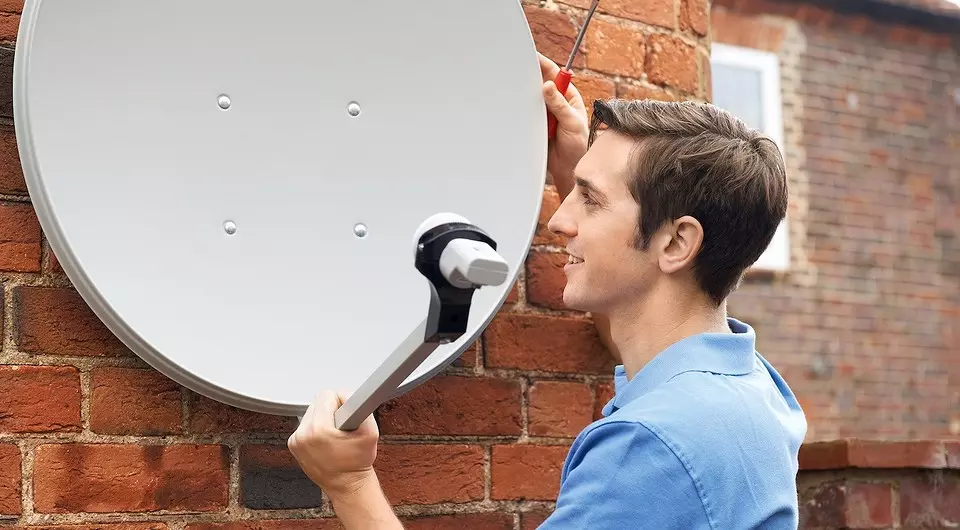
Mounting massive objects, such as both gates and wickets, steps and fences of stairs, a variety of brackets, plumbing equipment, etc., requires special fasteners. It is in these cases that experts advise to apply chemical (adhesive or liquid) anchors. This is called a system from a metal fastener element (steel anchor, threaded stud, bolt) and glue based on synthetic resins. Installation technology is as follows.
In the hole dried at the base, the adhesive solution is squeezed out, which fills emptiness and penetrates the pores of the material, and then screwed the bolt. As the glue is hardening, a solid, monolithic connection is formed.

Fixation by chemical anchors, compared with mechanical, more reliable and provides higher hitch indicators. And it is almost impossible to snatch them. True, there are adhesive anchors in two or more times more expensive mechanical (from 550 rubles. For injection composition + bolt). But they are indispensable when fixing various designs on solid bases from concrete and aerated concrete, natural and artificial stone, hollow bricks and building blocks. Sometimes it is the only possible option - for example, if you need to place the fastener at the edge of the structure, in shallow holes or provide a waterproof and underwater connection.
Chemical anchor can withstand loads up to tens of tons. At the same time, it does not create stresses in the basics
Fischer, Henkel, Hilti, Selena, Sormat, Soudal are producing chemical anchors. The choice of a particular element primarily depends on the intended load and the base material where it will be installed. The necessary data is in the technical documentation for the product. Other factors should be taken into account: installation conditions, requirements for setting and curing speed, fastening conditions, including dynamic, static, seismic loads. And if everything is done correctly, the service life of the chemical anchor will be at least 50 years old!

In the hole of the wall of the hollow brick, the mesh sleeve is inserted, and the glue is introduced into it
AMPULE AND INJECTION ANCHERS
The "liquid" component of the chemical anchor consists of two initially separated components: hardener and resin. They are mixed immediately before use. As a result of the chemical reaction, a durable compound of metal fasteners with a base is formed.
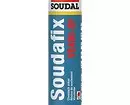
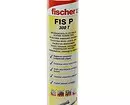
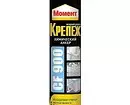
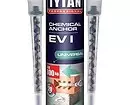
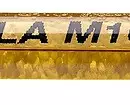
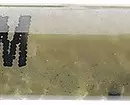
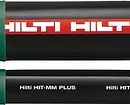
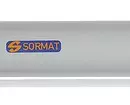
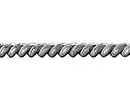
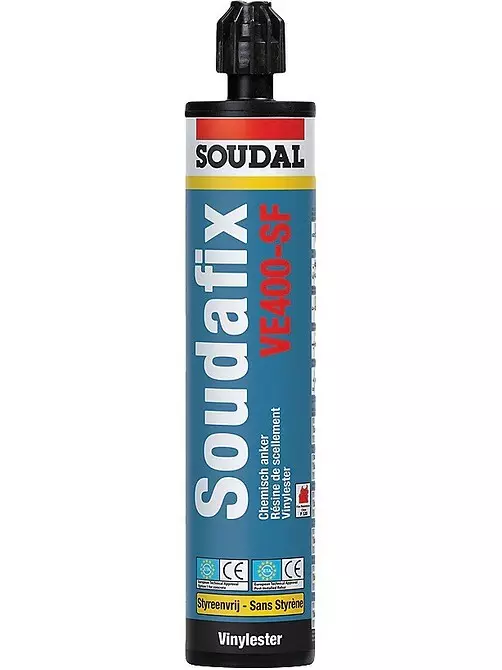
Anchor Chemical Soudafix VE400-SF (SOUDAL) (UP. 380 ml - 999 rub.)
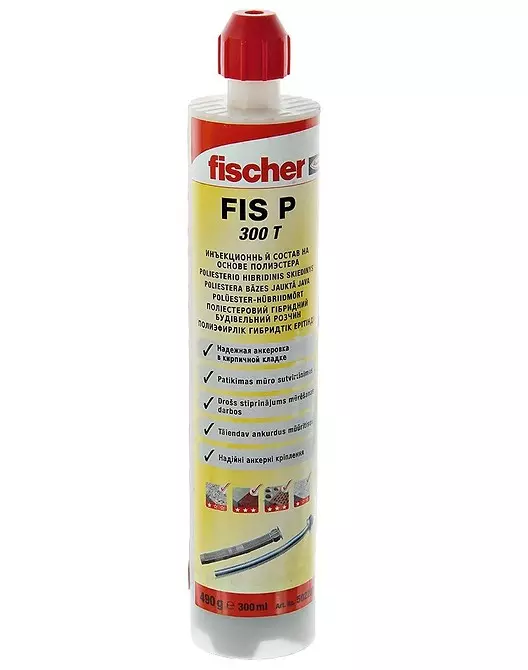
Anchor Chemical FIS P (Fischer) (UP. 300 ml - 560 rub.)
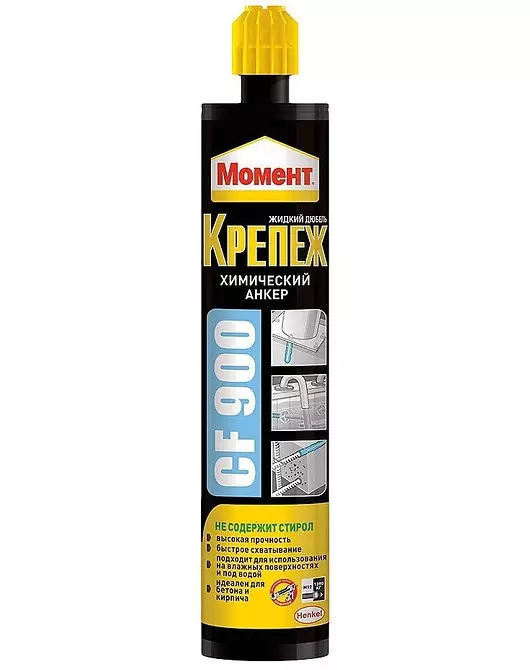
Anchor Chemical CF 900 Fastening Moment (Henkel) (UP. 280 ml - 1420 rub.)
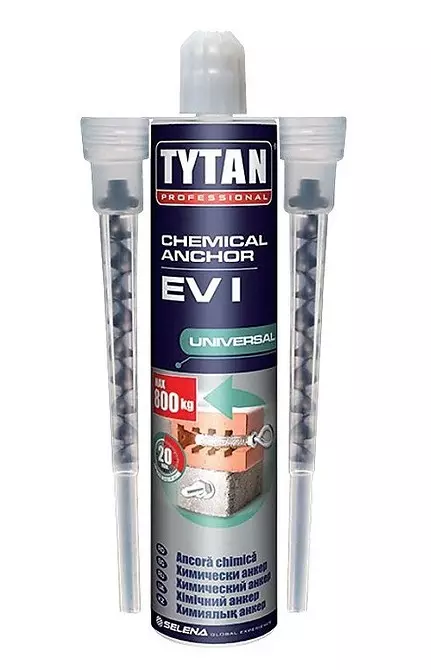
Anchor Chemical Tytan Professional EV I (Selena) (UP. 300 ml - 680 rub.)

Capsule Izlection Mass

Capsule Izlection Mass
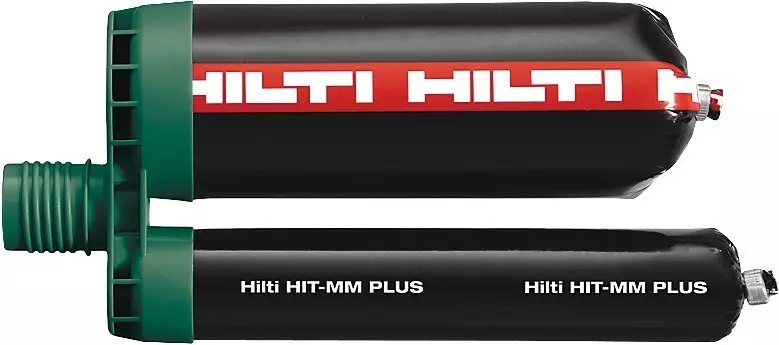
Injection cartridge use several times, changing the nozzle to the new

Holes for a chemical anchor cleaned with a metal brush and an air pump

By the type of mixing components, the anchors are divided into ampoule (capsule) and injection. The first is a glass container with a resin, in which a miniature capsule is located with a hardener. The capacitance pre-placed in the opening breaks the metal bolt entered there, the stud, etc. The cartridge of injection anchors consists of two tanks with a resin and hardener, which are mixed with a special pistol. After that, the metal fastening element is placed in the mass.
Chemical Anchor Installation Process
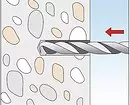
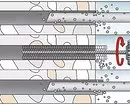
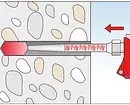
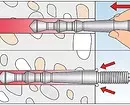
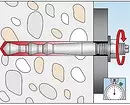
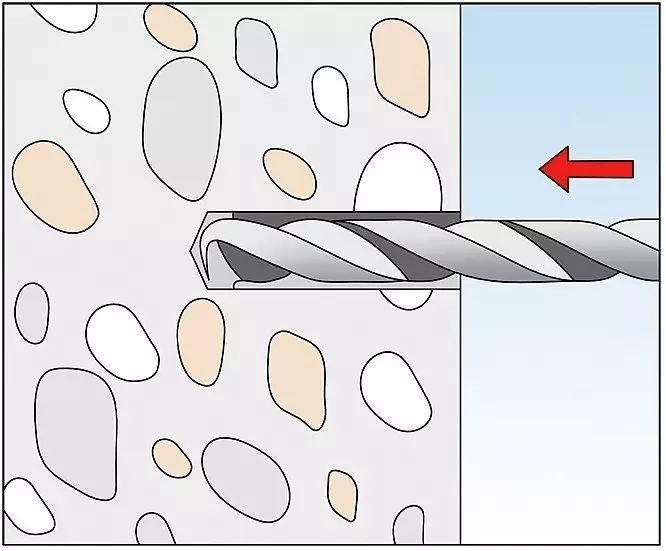
Drill drill a hole for 2-5 mm of larger diameter than the nominal bolt thread diameter
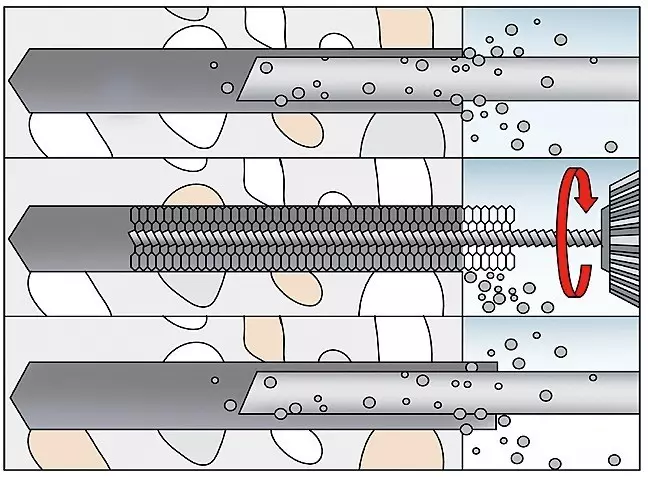
Then 2-3 times alternately blurred and cleaned with a brush
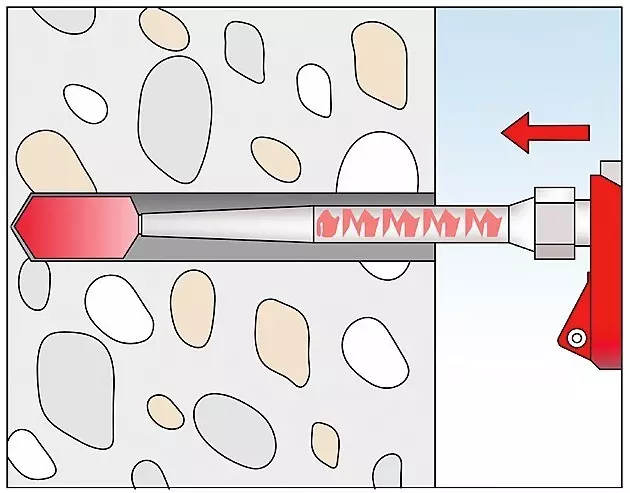
Fill the hole injecting on ⅔ depth
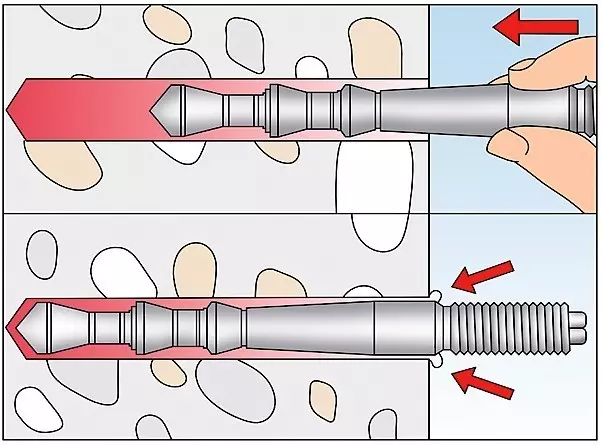
Insert the bolt, turning along the thread, while a little solution will not be on the surface (if this does not occur, and the bolt has already reached the bottom of the hole, the solution is immediately removed and the solution is added)
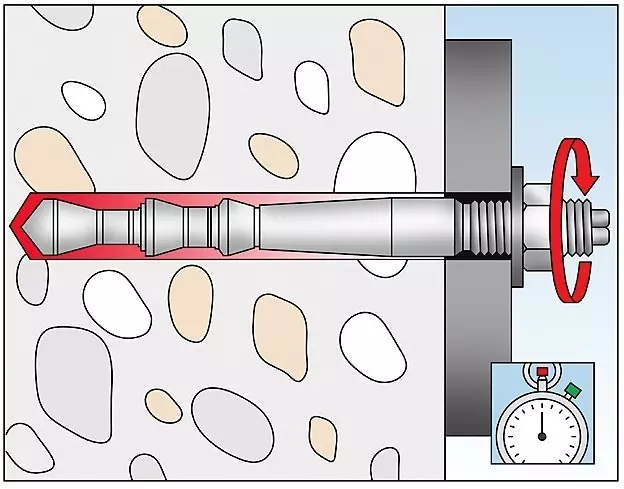
The time you are waiting for solidification of the solution, following the instructions of the fastener manufacturer, and begin to install heavy items
